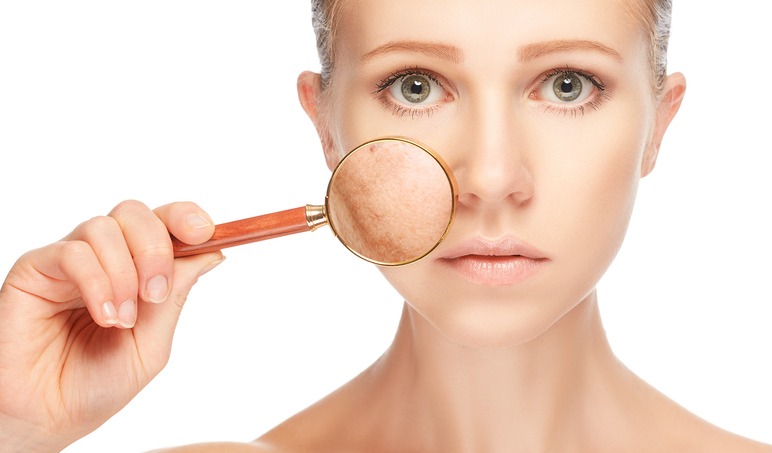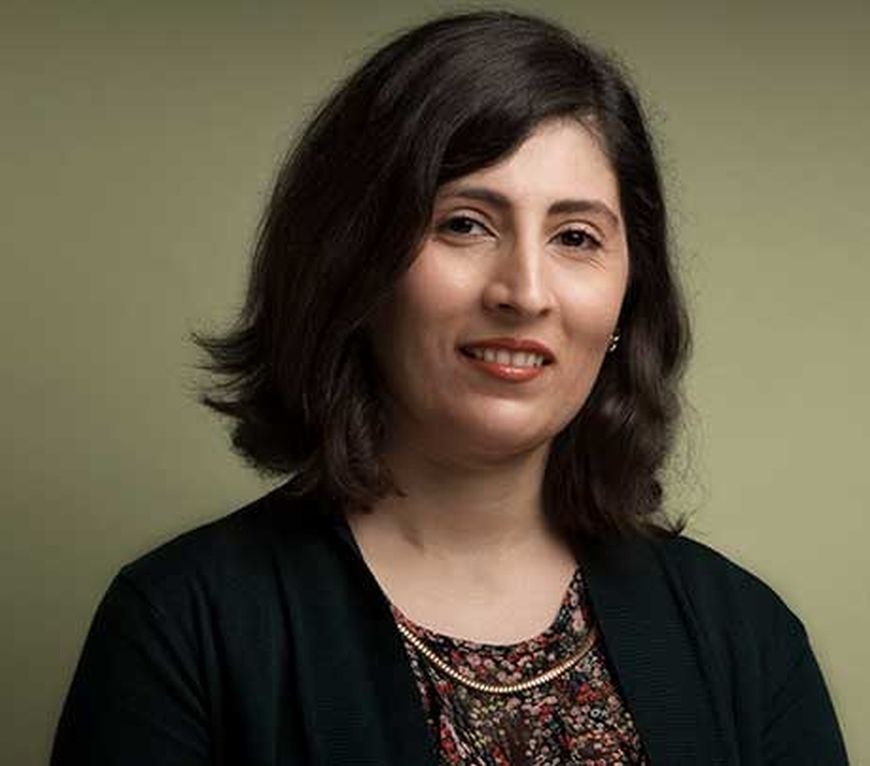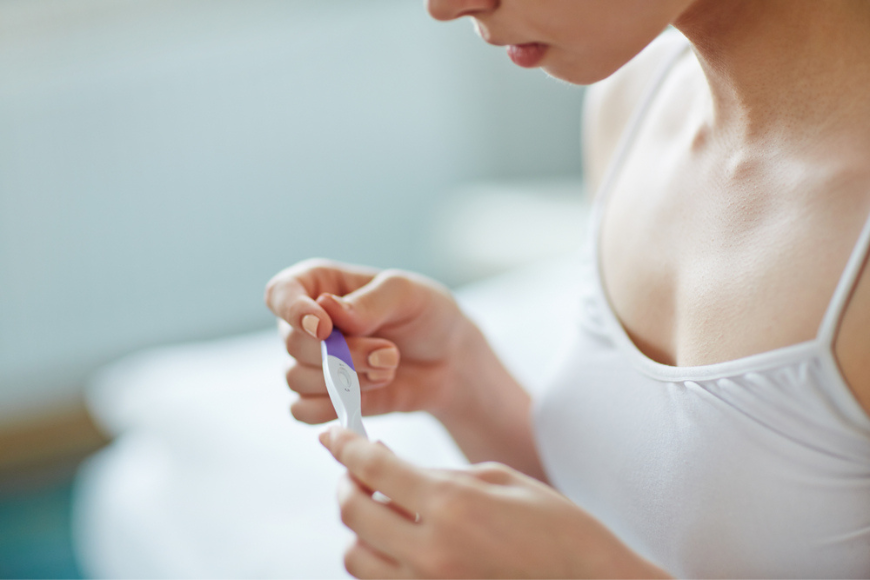Dr. Reem at Medcare Hospital in Dubai talks about the causes and treatments of common skin conditions, freckles and melasma.
16 January 2018
| Last updated on 5 August 2019
Living in the UAE, we are all prone to skin conditions like freckles and melasma. Both terms are common skin conditions found in daily dermatology practice.
With high prevalence of both, so what is the difference between melasma and freckles?
Freckles
Freckles are small flat brown marks arising on the face and other sun exposed areas of skin. Which are most often seen in people with fair skin especially people having red hair. Freckles can also be inherited, so sometimes it can also affect people of darker skin color.
Freckles color is due to increased production of skin pigment(melanin) by the pigment forming cells in our skin(melanocytes) as a result of sun exposure(ultra violet rays; UVR),and later the localized accumulation of this melanin in other cells of our skin, which is called keratinocytes.
This explains why freckles are the most prominent in summer yet fade away considerable or even disappear in winter. Generally, freckles become less noticeable with age.
How do freckles look?
Melasma
Melasma is a chronic skin condition. Most commonly affecting women generally starts between ages 20-40 years old. It is more common amongst people who have brown skin or tan easily.
Usually noticed as blotchy brownish facial pigmentation, usually symmetrical and mostly on cheeks, but can be noticed on the forehead, upper lip and nose.
What causes melasma?
Melasma in a chronic skin disorder in most affected people. Many factors play role in the formation of melasma spots, so it has complex cause.
There is genetic predisposition of melasma, with many known triggers including:

How to Treat Freckles and Melasma?
For melasma, there are many treatment and procedure options available; keeping in mind that melasma can be slow to respond especially for longtime lasting spots.
First of all it is very important to have sun protection, which is year-round and life-long, using a wide spectrum high protection factor sunscreen, applied 15-20 minutes before sun exposure and to be reapplied every two hours while still exposed to sun. If there is hormonal treatment involved, as causative factor, to be discontinued.
Many topical treatment options are available to be used as home care routine treatment, including:
Most commonly a combination treatment of more than one active ingredient is used to achieve better and faster response to treatment.
In addition to many procedures, part of the daily practice in dermatology clinic, to help in the management of melasma:
The treatment of freckles, in general the prevention of having new freckles is highly recommended and it is more effective than freckle removal.
People with fair skin, known hereditary tendency of developing freckles should start sun protection from childhood, because much of the sun damage to our skin happens often during childhood/less than 18 years old. Also keeping in mind that people of fair skin, in addition to freckles they are more prone to sunburn and developing skin cancer, which makes the sun protection very important.
The most common topical treatments for improving the freckles usually contain: hydroquinone, kojic acid, retinoid, glycolic acid. Some cases of freckles can be treated by cryotherapy. Chemical peelings make an important treatment option to lighten and improve the pigmentation of freckles.
In general, the mentioned treatment options for melasma and freckles can be used for lighter and darker skin types, with more caution when treating the darker skin. For all skin types, sun protection is an important factor in the prevention and treatment of both melasma and freckles.
For more information or to book an appointment, please visit Medcare or press ‘Click to Contact’ to submit your inquiries.

Dr. Reem Al Kaddah
Specialist Dermatology And Venereology
Medcare Motorcity Medical Center




.png?itok=HBSyMDok)









































































.png)



























.png?itok=0fOAXkOm)

























.png?itok=EH_x0Pha)
